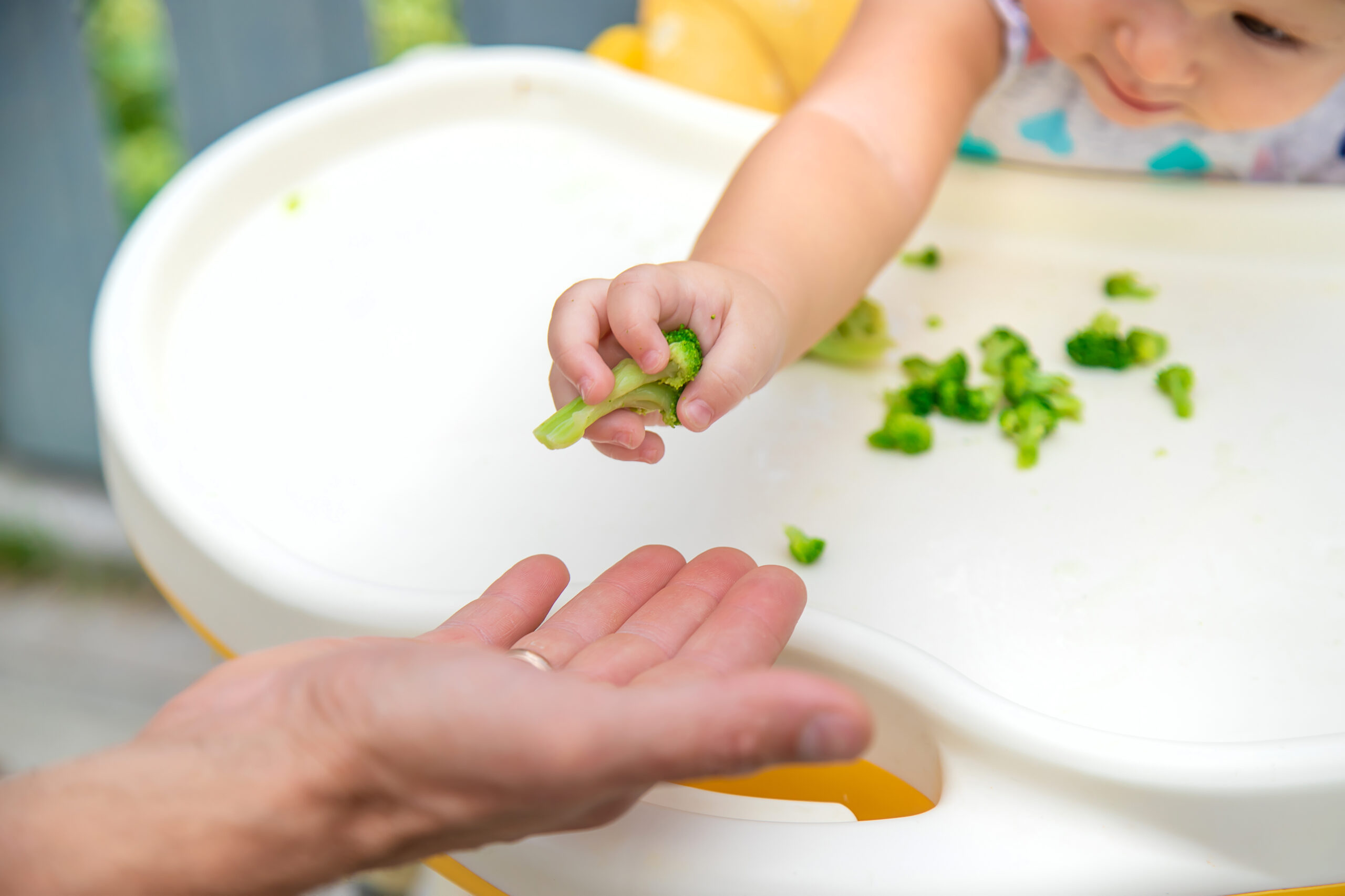
Some parents start their baby’s food journey with purées because it feels safer and more controlled. Others jump into baby-led weaning (BLW) and skip the spoon altogether. The truth? There’s no one “right” way — just the approach that works best for you and your baby.
But here’s the thing: if you start with purées, you’ll eventually need to move toward solid textures. And that’s when many parents start wondering how to transition from purees to solids without stress or second-guessing. When do you start? How do you know they’re ready? What if they gag or refuse?
It’s a common struggle — and you’re not alone.
Experts recommend introducing a variety of textures — like mashed, lumpy, and soft finger foods — between 6 to 9 months. This window is important: it helps babies develop chewing skills, explore real food, and reduce picky eating later.
In this guide, we’ll walk through everything you need to know:
✅ When and how to start
✅ What textures to introduce
✅ Signs your baby is ready
✅ Tips to reduce choking risk
✅ Common mistakes parents make
✅ And lots more
Let’s make this transition smooth and stress-free — because mealtime should be fun, not frustrating!
🍼 When Should You Transition from Purees to Solids?
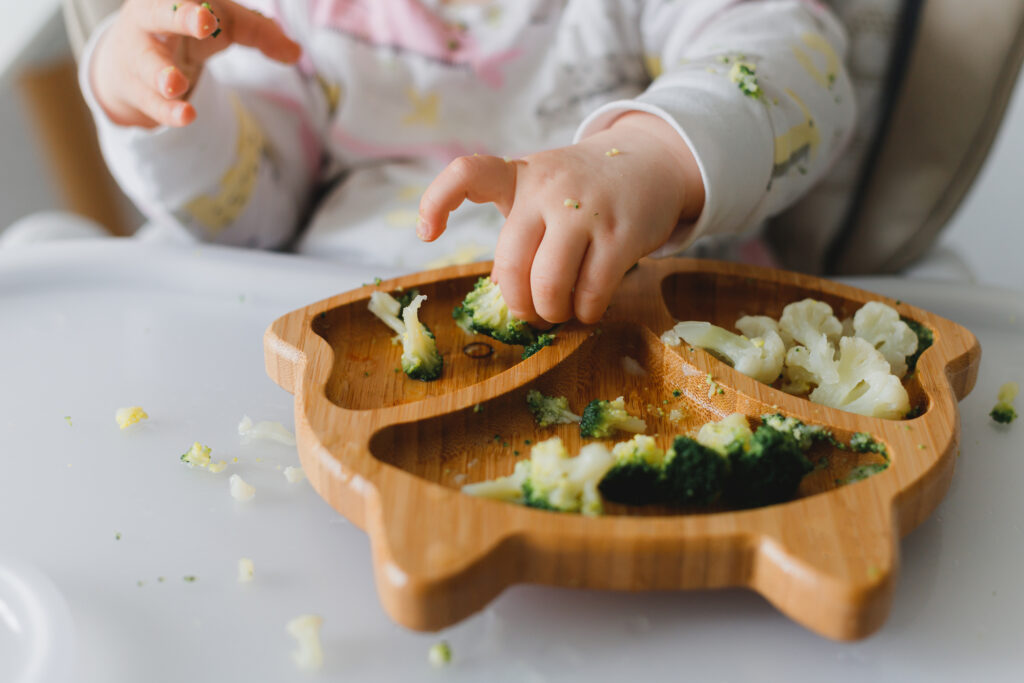
Most babies are ready to start exploring solids between 6–9 months, depending on their development. You don’t need to wait until they master purees completely — in fact, offering a variety of textures early can help reduce picky eating later.
Signs Your Baby Might Be Ready:
- Sitting up with little to no support
- Bringing food to their mouth
- Showing interest in what you’re eating
- Has lost the tongue-thrust reflex
- Successfully swallows thin or thick purees
Still unsure? Here’s a deep dive into gag reflex in babies — it’s key to know as you move beyond purees. And if you’re leaning toward baby-led weaning, check out our simple guide to help you get started with confidence.
🥄 How to Transition from Purees to Solids (Step-by-Step)
Step 1: Thicken the Purees
Instead of jumping straight to finger foods, slowly make your baby’s purées thicker — think mashed banana or lumpy oatmeal. This helps them practice chewing motions before managing chunkier textures.
Step 2: Introduce Mashed or Minced Foods
Great starter textures:
- Mashed avocado or sweet potato
- Minced soft-cooked carrots
- Shredded chicken mixed with yogurt or mashed beans
👉 Check out our avocado puree variations for texture upgrade inspo.
Step 3: Try Soft Finger Foods
Let baby self-feed (yes, even if it’s messy). Start with:
- Steamed broccoli florets
- Banana spears
- Toast strips with nut butter
- Omelet slices
Step 4: Serve the Same Meal (Modified!)
Offer safe versions of what you’re eating. That way, baby learns textures and mealtime social cues.
🛑 Common Mistakes Parents Make (And How to Avoid Them)
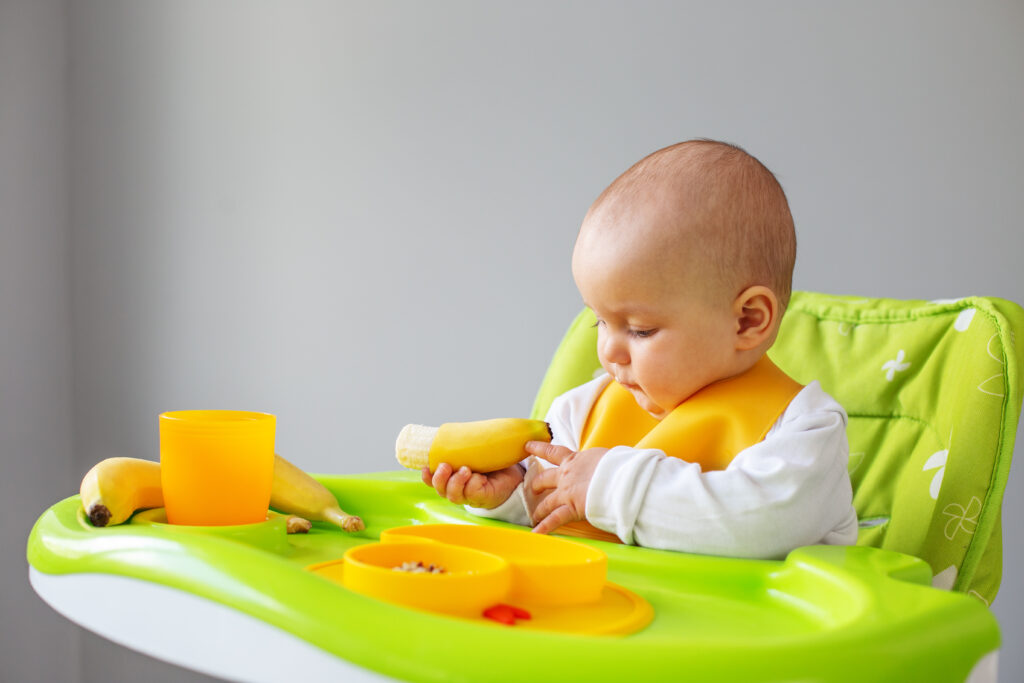
- Waiting too long to introduce solids
→ Waiting past 9–10 months can lead to texture aversion. - Fearing the gag reflex
→ Gagging is normal and different from choking! - Serving only bland or repetitive foods
→ Babies benefit from flavor and texture variety. - Skipping allergen exposure
→ Safe introduction of common allergens (like eggs and peanut butter) is key.
🍽 Tips to Make the Transition Easier
- Let baby lead — Offer a mix of finger foods and mashed textures
- Serve solids when baby isn’t starving — Less frustration, more curiosity
- Model eating — Babies love copying your bite
- Don’t stress the mess — It’s part of learning
- Offer water in an open or straw cup — Helps with swallowing
📋 Sample Transition Week Plan
| Day | Morning | Lunch | Snack |
|---|---|---|---|
| Mon | Mashed banana + oats | Pureed chicken + mashed peas | Straw cup of water |
| Tue | Toast sticks + scrambled eggs | Lentil mash + steamed carrots | Soft fruit |
| Wed | Greek yogurt + fruit | Shredded chicken + avocado chunks | Cucumber spear |
| Thu | Iron-fortified cereal + banana | Zucchini pancakes | Berries (halved) |
| Fri | Cottage cheese + toast fingers | Quinoa + sweet potato chunks | Steamed broccoli |
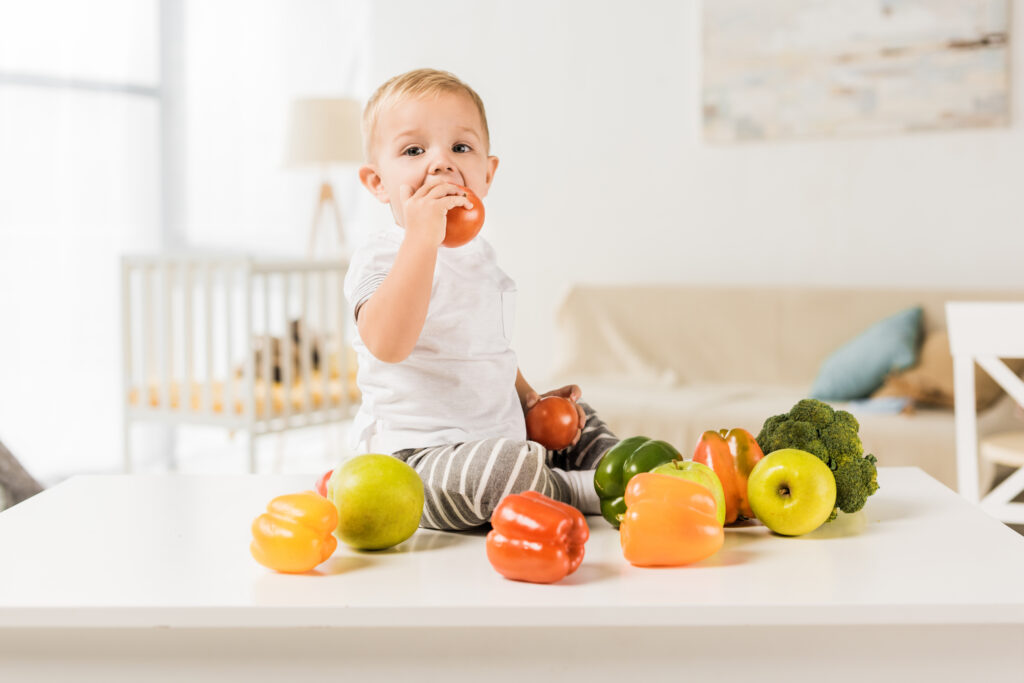
👉 Want to see how solids fit into a full-day routine? Check out our age-specific feeding schedules:
These real-life routines will help you plan balanced meals, snacks, and milk feeds with ease.
🍽 Ready for Finger Foods? Try These Baby-Approved Recipes!
Once your baby is confidently handling soft finger foods, it’s the perfect time to start expanding their plate with simple, nutritious meals they can pick up and enjoy.
Here are a few baby-friendly finger food recipes that are easy to make, full of flavor, and most importantly — loved by babies:
- 🥑 Vegan Finger Food Ideas: 20 Recipes Your Baby Will Love
- 🧆 The BEST 50 Baby Finger Foods for Baby-Led Weaning (in 2025)
- 🥦 Brussels Sprouts for Baby: How to Serve & Recipes – Yes, even picky babies can love sprouts when they’re served right.
- 🍠 Easy Sweet Potato Baby Finger Food Ideas for Healthy Snacking
- 🥣 Easy and Healthy 10 Month Old Baby Snacks
These recipes are perfect for this next stage of eating — nutritious, easy to hold, and a great way to expose your baby to new textures and flavors
❓FAQ: Transitioning from Purees to Solids
How long should I feed my baby purees before introducing solids?
Start introducing textures as early as 6–7 months. There’s no need to wait until they “finish” purees — overlap is fine!
What if my baby gags or spits food out?
Totally normal. Gagging is part of learning. Keep offering and stay calm — babies take time to adjust.
Can I mix purees and solids in one meal?
Absolutely! Serve mashed beans alongside soft carrot sticks or spoon-fed yogurt with a banana spear.
What if my baby has no teeth yet?
No teeth? No problem! Babies use their gums to chew surprisingly well. Focus on soft, mashable textures.
Should I stop spoon-feeding entirely?
Not necessarily. A mixed approach is great — offer both self-feeding and spoon-feeding.
🛒 Ready to Shop?
Here’s a free baby grocery list printable to make your next food haul stress-free.
Transitioning from purees to solids isn’t about doing it perfectly — it’s about doing it consistently and confidently. With the right textures, timing, and trust in your baby’s abilities, you’ll both thrive.
👶💬 Got questions or want mealtime inspo? Browse more baby food guides on www.babyfoodfaves.com!
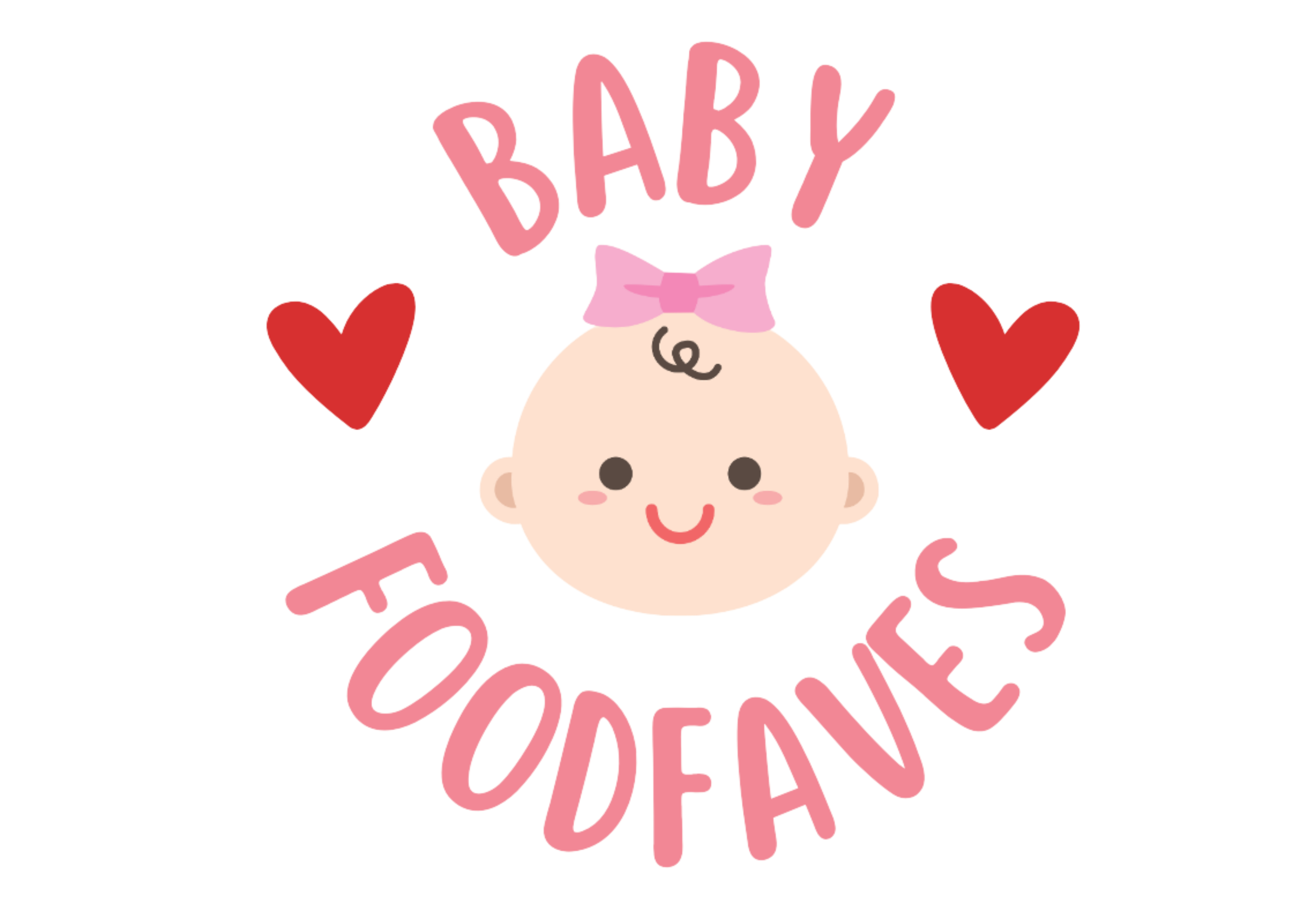

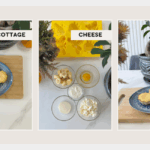
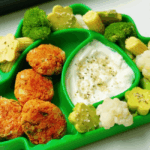
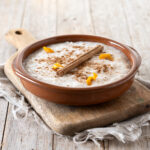

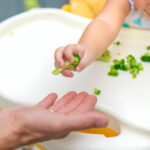
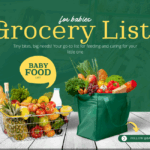
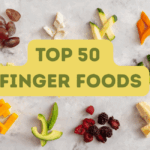
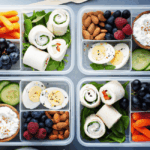
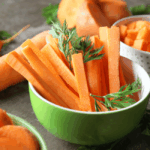

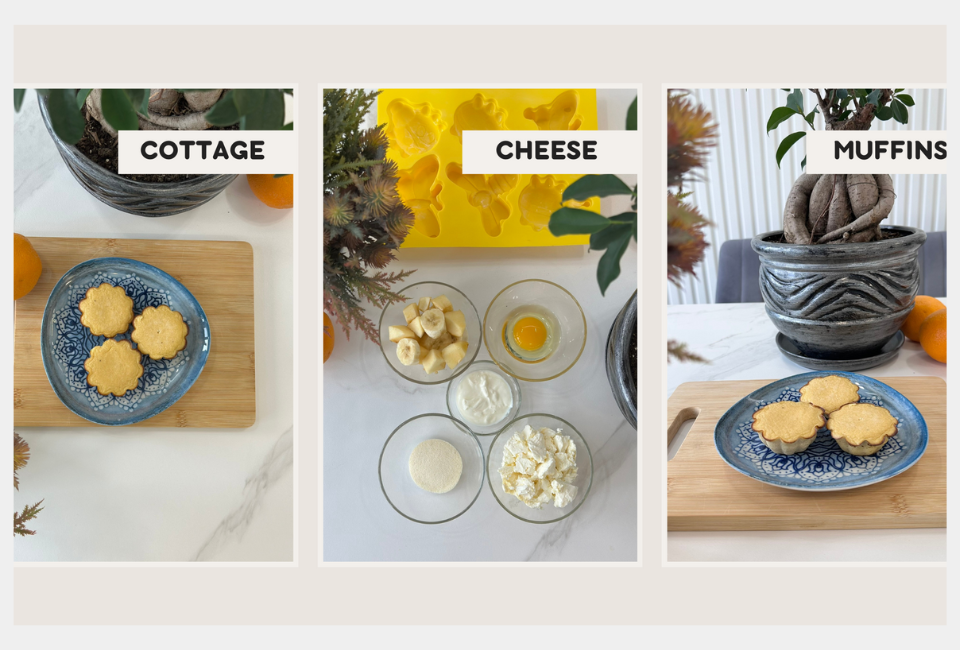
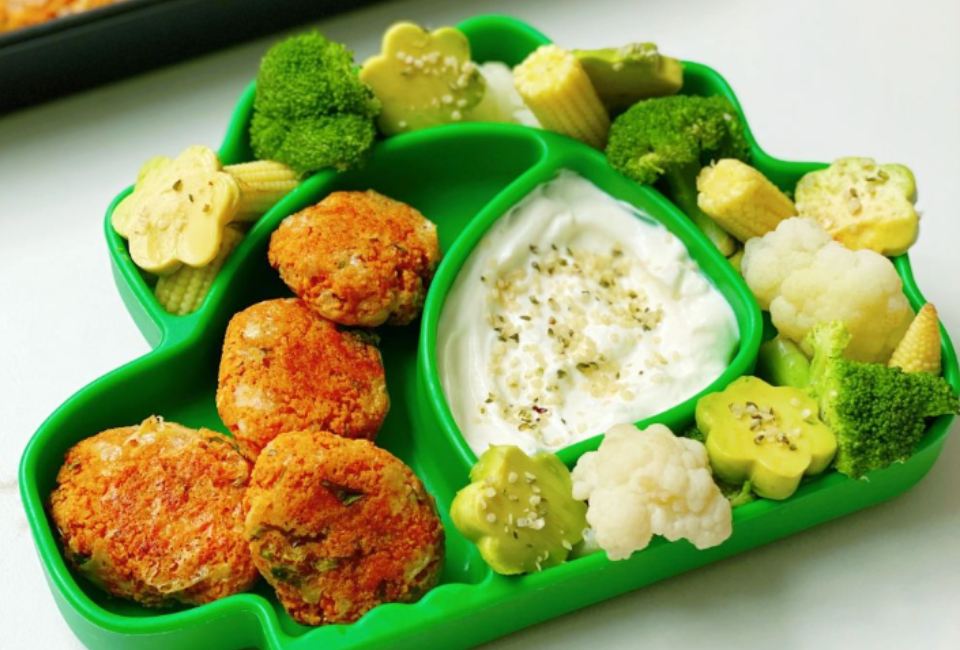
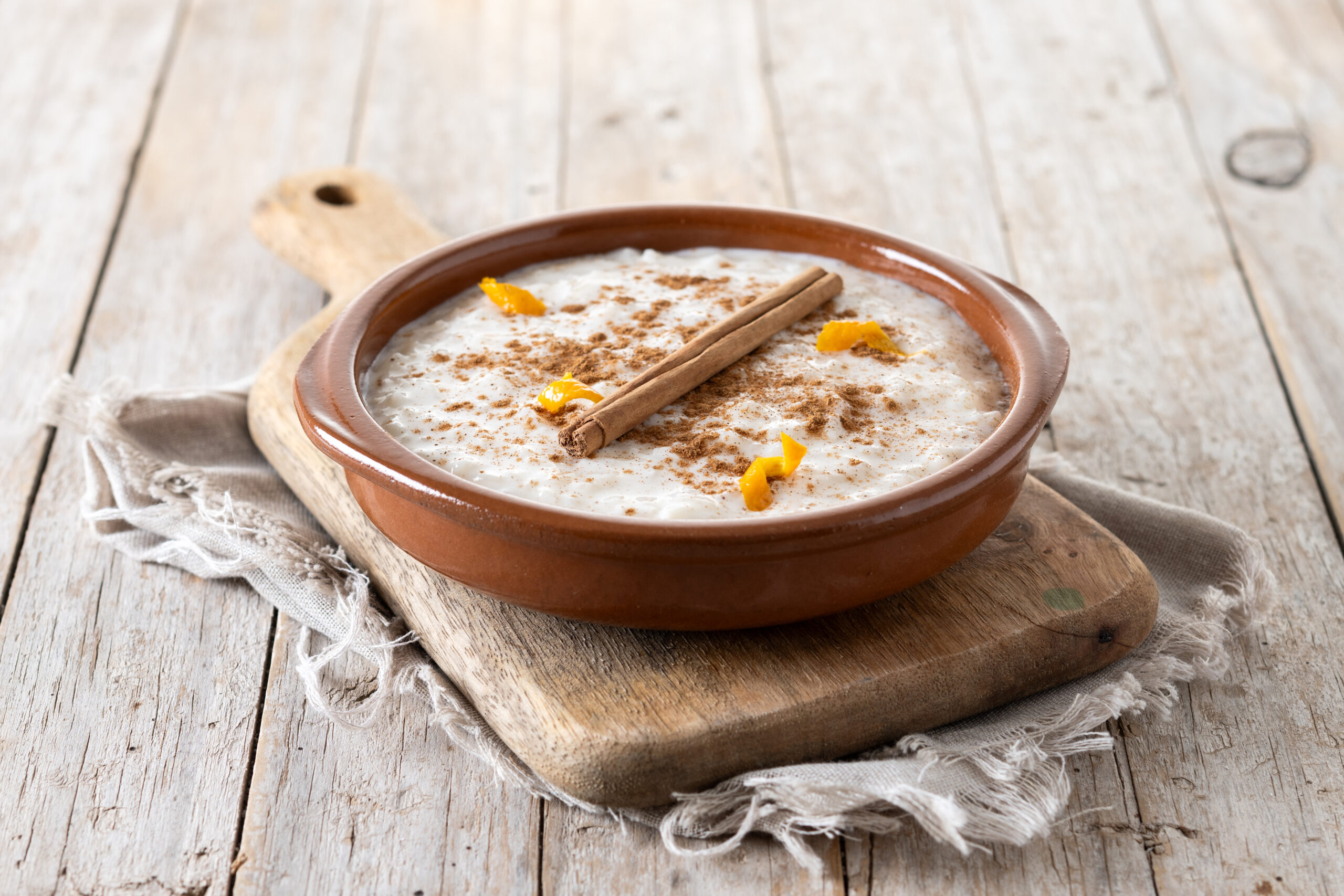
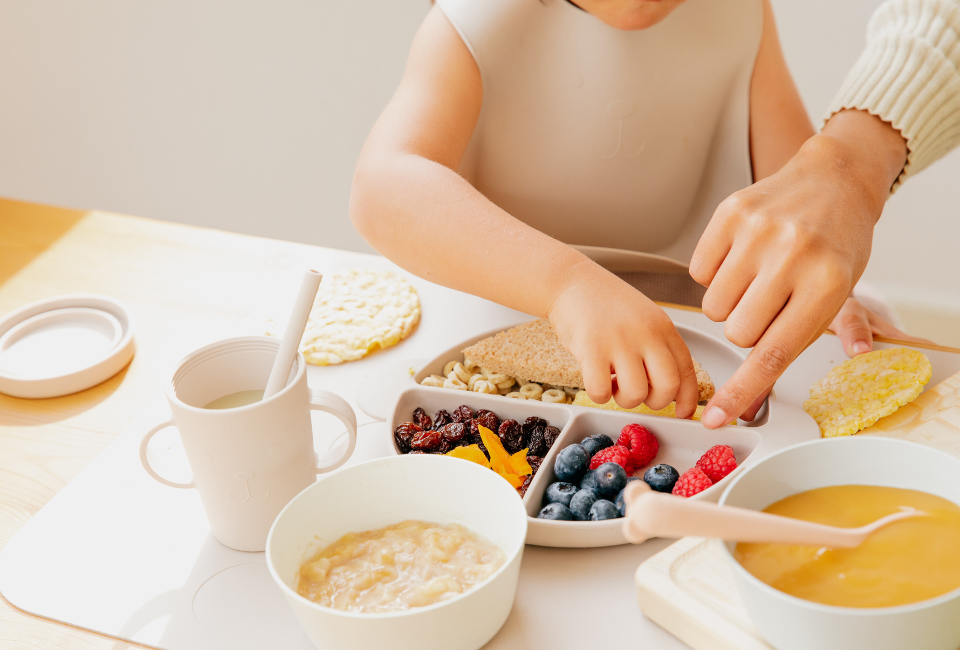
Leave a Reply